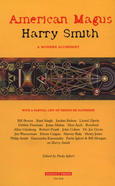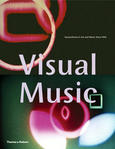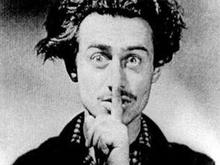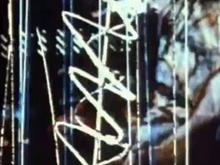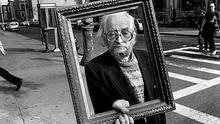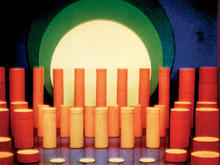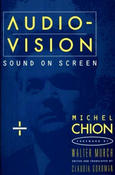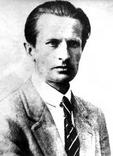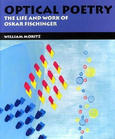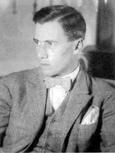Come Closer
(1952)by Hy Hirsh is the impossible three-dimensional occlusions of ribbons in Come Closer with wild infectious Caribbean carnival music. A three-dimensional experiment, best viewed with 3-D glasses.
In the visual music films of Hy Hirsh his exquisite taste shows up most strongly: in the parallel between the impossible three-dimensional occlusions of ribbons in Come Closer (1952) with wild infectious Caribbean carnival music, or in linking the jagged moving camera and staccato cutting of images of Paris posters in Defense d'afficher (1958-59) with an equally frenetic Cuban jazz. Similarly the mellow Modern Jazz Quartet sounds that accompany the fluid reflections in Amsterdam canals of Autumn Spectrum (1957) or the layers of metallic reflections from Constant Nieuwenhuis' sculpture in Gyromorphosis (1957) seem so perfectly matched as to render comparison with predecessors tike Walther Ruttmann's In the Night or László Moholy-Nagy's Lightplay Black White Grey (1926) irrelevant. One should also note that Hirsh recorded his own sound from live performances so that they are not exactly equivalent to the appropriation of commercial recordings so common in later films.
Source: William Moritz "Hy Hirsh." in "Articulated Light: The Emergence of Abstract Film in America", Boston: Harvard Film Archive, 1995
Reading
Links
- Center for Visual Music's page of Hirsh photography
- "HY HIRSH | color photographs" by Dennis Reed © 2008 Paul M. Hertzmann, Inc. (PDF)

